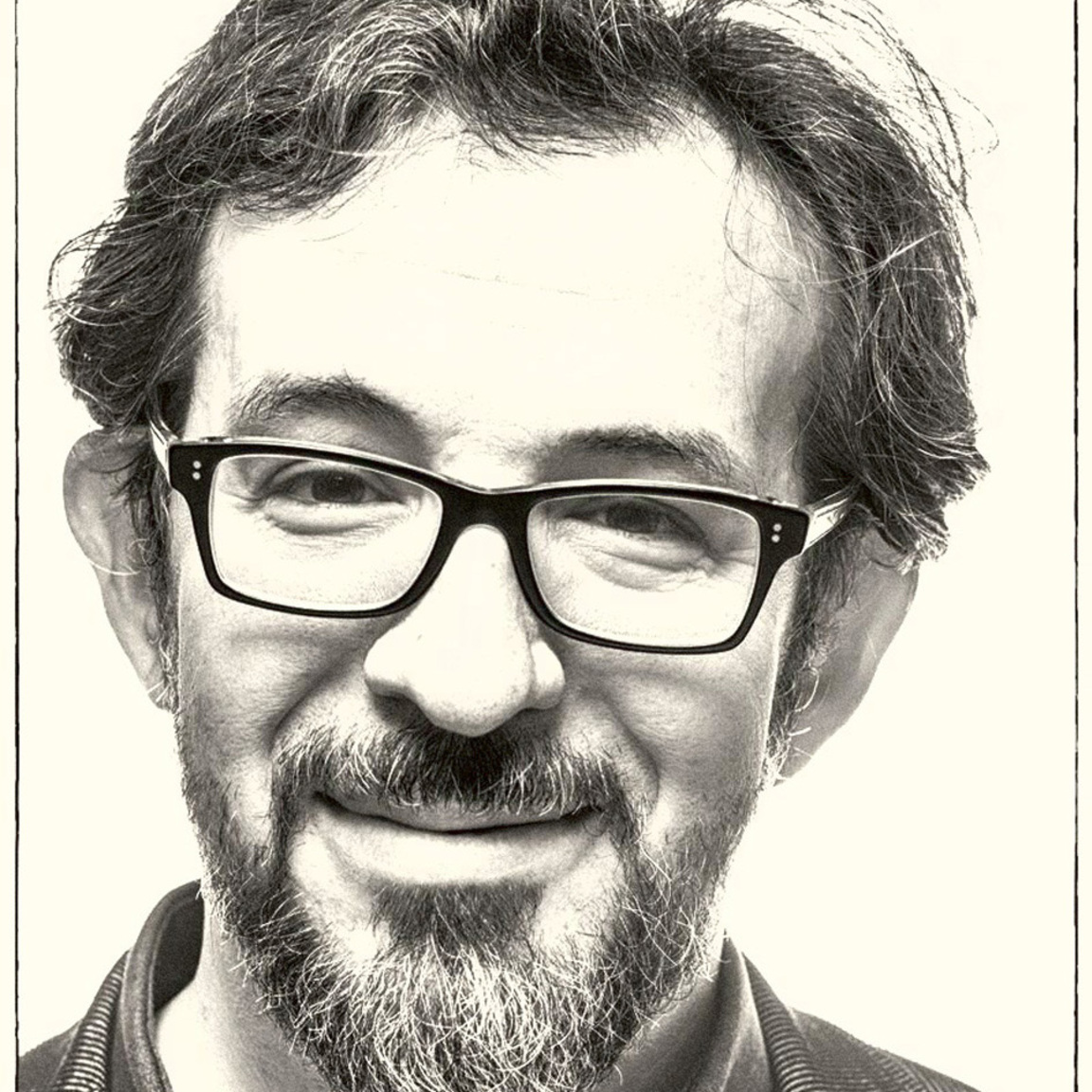Forelesning

Design Talks Night: Sergei Gepshtein
In this semesters first Design Talks Night we are delighted to present Dr. Sergei Gepshtein. He will present recent studies of the space of experience undertaken at the intersection of three disciplines: architectural design, narrative design, and sensory neuroscience.
Parts of Space
Human experience of space remains unknown territory. Our civilization has produced two conceptions of space, but only one of them has been investigated in depth. One conception belongs to natural sciences. I will call it the “space of intellect” because it cannot be sensed directly but is rather conceived and promulgated by intellectual effort. It is a mathematically sophisticated, objective account of space that serves us well in physics, engineering, and cosmology, and which is removed from how you experience your immediate surroundings, here and now. The other conception is the “space of experience,” in which you are immersed in every waking moment, and which you sense from a unique first-person perspective. The space of experience is intrinsically subjective and highly dynamic, which are some of the reasons it has remained obscure.
Accounts of the space of experience in the architectural discourse tend to be speculative and untested, because in most cases they are not (or cannot be) validated by measurement. I will describe recent studies of the space of experience undertaken at the intersection of three disciplines: architectural design, narrative design, and sensory neuroscience. This work rests on two traditions of scientific research. One of these traditions derives from Gestalt Theory. It seeks to describe experience holistically, as a structured field. The other tradition is Sensory Psychophysics, which has developed rigorous methods for measurement of experience, although it has been largely trained on its isolated elements. By merging these traditions, we started to develop a conception of the space of experience that is quantitative and objective, but which allows one to capture the subjective structure of human spatial experience in built environments.
One result of this work is a predictive model of the space of experience. The model implies a collection of three-dimensional (“solid”) regions, each containing a distinct experience. Many such regions make up a large inclusive structure, which I like to describe as an “invisible palace” of many chambers with the exception that some of the chambers can overlap or nest in one another. The model is designed to help practitioners to predict sequences of experience for a mobile person who traverses the solid regions freely. I will review implications of this work for architectural design and for orchestrating experience of built environments and other immersive settings: in virtual and mixed reality, and in immersive cinema.
Bio:
Dr. Sergei Gepshtein is a scientist working in the areas of perceptual psychology and sensory neuroscience. He is a member of the Center for Neurobiology of Vision at the Salk Institute for Biological Studies in La Jolla, California, where he studies boundaries of perception in the natural world and in the visual media. He directs the Collaboratory for Adaptive Sensory Technologies, which he founded at the Salk Institute with the goal to translate results of basic sensory research toward a wide range of applications: from immersive visual technologies and adaptive sighting devices to architecture, urban design, and forensic science.
Before joining the Salk Institute, Dr. Gepshtein investigated stereoscopic vision and interaction of vision and haptic sense at the University of California, Berkeley; then he studied computational principles of perceptual organization and pattern visibility at RIKEN Brain Science Institute in Japan. Dr. Gepshtein’s research received grants and awards from the Swartz Foundation for Computational Neuroscience Research (USA), the National Institutes of Natural Sciences (Japan), the National Science Foundation (USA), and the National Institutes of Health (USA).
Dr. Gepshtein increasingly takes part in research of built environments and design of immersive media: as a founding member of the USC World Building Institute, as an inaugural recipient of the Harold Hay Research Award from the Academy of Neuroscience for Architecture (ANFA), and as a member of Freeman Design Leadership Council. He recently joined the Board of Directors of ANFA, to further our understanding of human response to built environments. He also helps to develop the educational curriculum at the emerging juncture of neuroscience and architecture, pioneered by NewSchool for Architecture & Design.
Dr. Gepshtein has recently teamed up with the narrative designer Alex McDowell, RDI, to establish the Center for Spatial Perception & Concrete Experience (SPaCE) at the University of Southern California. The Center will develop new forms of physical, immersive, and environmental media, focusing on experience of space as a sequential, narrative process.
Design Talks Night
The Lecture series Design Talks Night is organized by the Design department at Oslo National Academy of the Arts, one Tuesday each month. Free entrance, open to all.